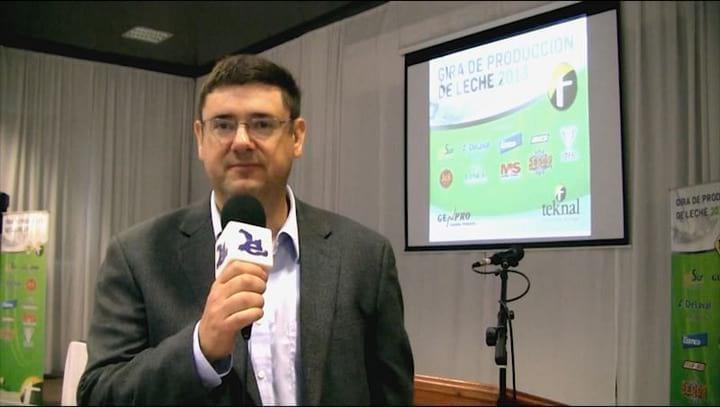Relation of the maximum temperature and relative humidity close to the insemination with the tropical milking criollo heifer’s gestation in three seasons
The high climatic variability of hot climates of the intertropical zone reduces cattle fertility. In dairy cows in temperate zones, the THI has been used to evaluate the temperature and relative humidity (RH) joint effect in reproduction, but its use is not recommended in all geographic zones; in hot climates, the maximum temperature (Tmax) can provide more convenient information than THI. The objective of this study was to determine the artificial insemination (AI) service seasons and their joint effect with the maximum temperature and relative humidity of the previous seven days, the service day, and posterior seven days to the AI in the tropical milking criollo (LT) heifer’s gestation. Climatic data was used to define three seasons: hot-dry (HD), hot-humid (HH), and fresh-dry (FD), and 313 artificial insemination services from 176 heifers were analyzed over fourteen years. The seasons were determined by cluster analysis. Gestation at first service (GF) was analyzed with a logistic regression model and global gestation (GG) with a mixed linear generalized model. The Tmax of previous seven days insemination β^1= − 0.20 ± 0.09 (p ≤ 0.02) in HD (p ≤ 0.02) and RH of seven days posterior insemination β^2= − 0.08 ± 0.04 (p ≤ 0.04) in HD (p ≤ 0.01) affected GF. No effect of the Tmax and RH on the service day was observed (p > 0.05). The highest GG probabilities were higher than 0.70 in HH and FD, making those seasons the most suitable for inseminating LT heifers.
Key words: Adapted breeds, Climate change, Fertility, Genetic resources, Intertropical zone.
Abstract published in Tropical Animal Health and Production (2021) 53:27. https://doi.org/10.1007/s11250-020-02430-3.







